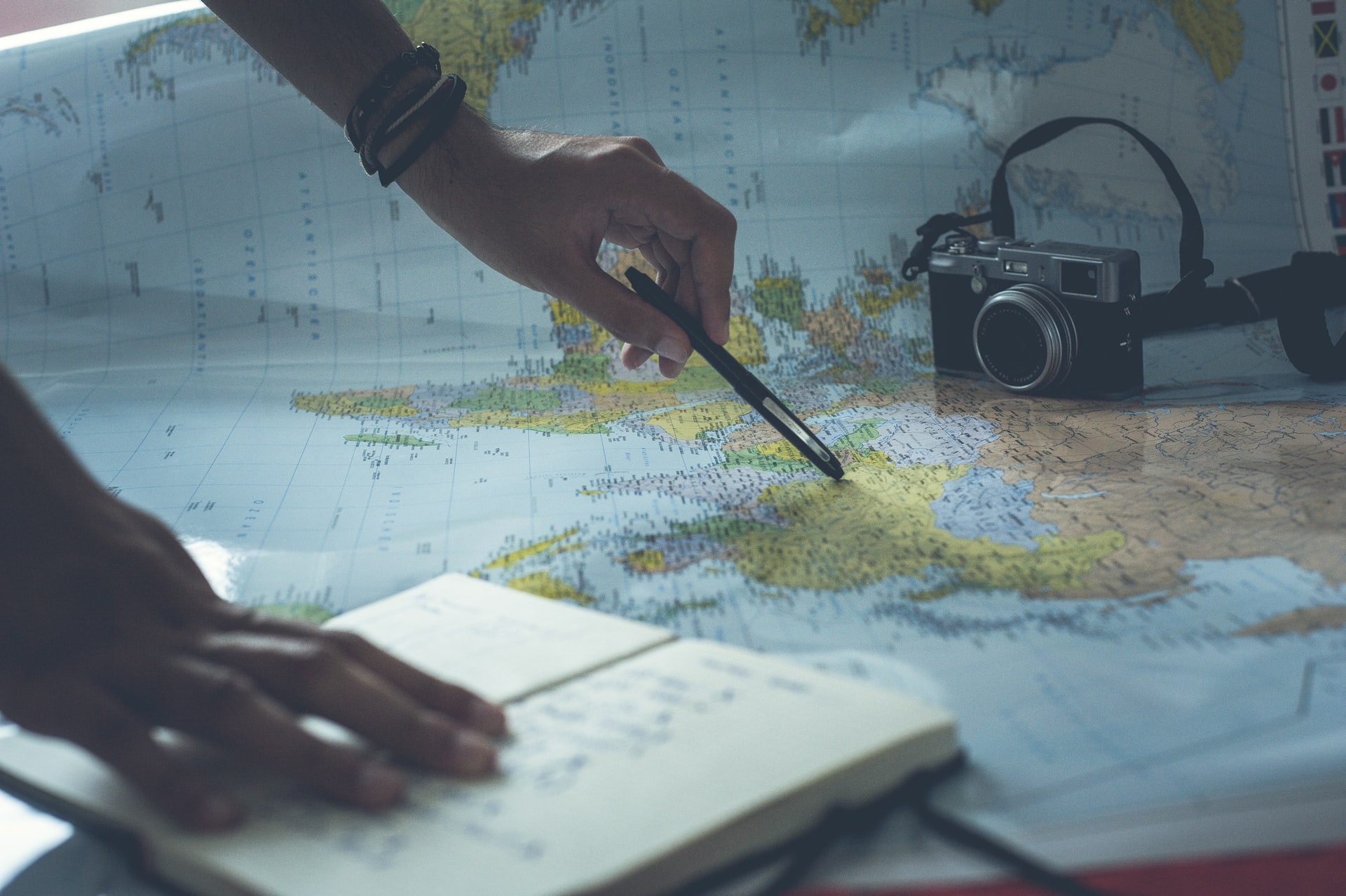Those working in the tourism industry put an exceptional amount of time and attention into their products and services. Building the perfect travel experience means laying out the most impactful itinerary and fitting the right activities in with the right cadence. It means hiring tour guides and helping them fully realize their potential as on-the-ground ambassadors. And, it requires finding and attracting the ideal travelers.
At the heart of all of these is communication. Each component encompasses interaction and storytelling. But we don’t always think about what that looks like in action … or how it can enhance or detract from our offerings.
Let’s break it down.
The Itinerary
Start with that impactful itinerary and those activities slotted in at the right times. Think of this as more than an itinerary; it is, in and of itself, a story. Additionally, each individual encounter, activity, or interaction is its own story. It has a beginning, middle, and end. It may involve conflict or a lesson. It may surface unknown information or answer a question.
These mirco-stories, as I call them, may be memorable on their own. However, savvy trip designers build strategic messaging across the scope of an entire trip. They use the itinerary as the overarching narrative built upon these micro-stories.
Trips like these, where travelers have a chance to explore the complexities of the narrative from numerous angles and perspectives, are even more powerful. They weave together storylines just like a book, with a variety of characters, conflicts, encounters, ideas, and conversations. Sometimes they tie together nicely at the end, and travelers are immensely satisfied by how everything contrasted and complemented each other so perfectly. Occasionally, they leave travelers with more questions, eager to hear how the story continues after turning the final page — after arriving home.
These are the trips — the stories — people keep talking about. These itineraries essentially become stories of their own, leaving a profound and lasting impression.
The Guide
Choosing the right tour guide is about far more than hiring someone to lead travelers from activity to activity. Local guides are the pivotal storytellers during a travel experience, and their value must be appreciated and respected. Guides need to be empowered to provide historical and cultural context. They should be able to anticipate travelers’ questions and curiosities, and take advantage of these moments of interest to help travelers engage further, take action, and make behavior changes.
Tour guides — and the other people travelers interact with, including drivers, activity hosts, and accommodation owners — should be aware of their powerful communication skills. People are heart-centered; they connect with other people, not facts or rules. Knowing this, tour guides need to understand how to reinforce expectations with travelers, how to introduce local people so that travelers see them as more than service providers, and when to engage in difficult conversations so that travelers question their preconceived perceptions.
Hiring the right guides is about more than finding competent hosts. It means empowering people to flex their storytelling skills. Using these skills, guides can encourage travelers to meaningfully support local communities and protect the environment rather than walk away with a knock-off magnet and a few photos of the scenery.
The Traveler
After putting together the perfect experience and finding the perfect people to lead it, it’s time to add the final ingredient: the traveler. Without the traveler, there is no travel experience. But, perhaps even worse, with the wrong traveler, the perfect travel experience can go completely awry.
It is essential that you attract the right kind of traveler and that you strategically communicate with them in a way that prepares them for the travel experience. This is indicated in everything from the words and images you choose to the price point you set. Unfortunately, what travel companies mean to communicate and what travelers actually interpret from that communication are often at conflict.
Adopting strategic storytelling means travelers will have the right expectations for interacting with local people, experiences, and the environment. It also means you’ve provided appropriate context so that the experience does not misrepresent people or their stories. This is important because travelers do not know what they do not know; it is your job to use responsible storytelling so that your travel experience doesn’t cause unnecessary harm.
The Secret Recipe
There are stories all around us, all the time. They are tucked into our interactions, shared on social media, and embodied in all of our communication. They are in the activities we select, the people who weave that narrative together, and those who engage with the stories sprinkled throughout the experience.
In the tourism industry, the tricky part is fitting all these pieces together in just the right ways. But if you can learn to identify those key moments to capitalize on storytelling, it is possible to catapult interesting moments from a trip into a memory that shapes the story of lifetime.
You are a naturally gifted storyteller, but are you maximizing your skills? Sign up for Strategic Storytelling for Travel Service Providers: A Master Class Series to learn how to develop and implement intentional, empowering, responsible, and memorable travel-focused messaging and communications.



